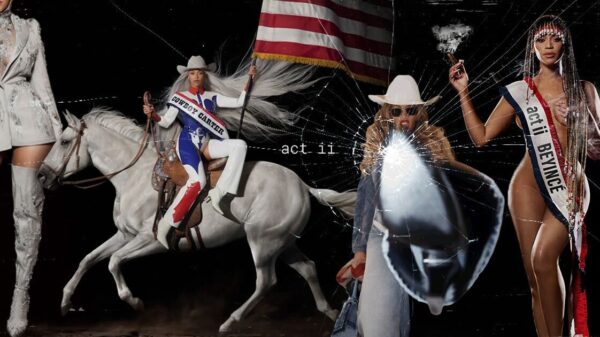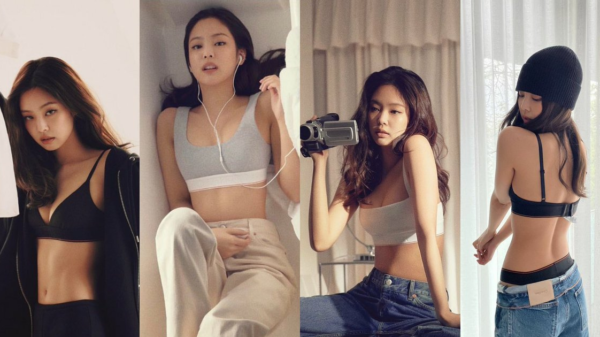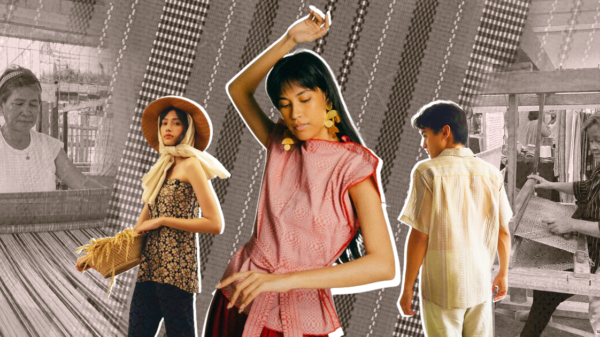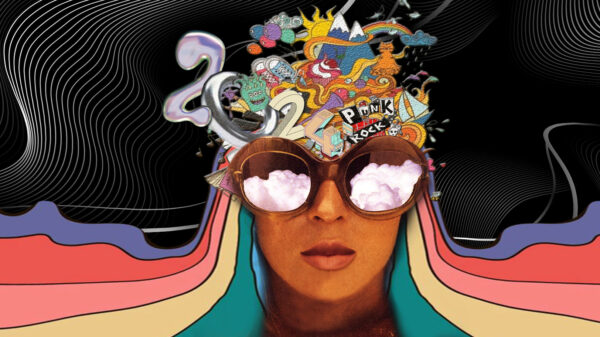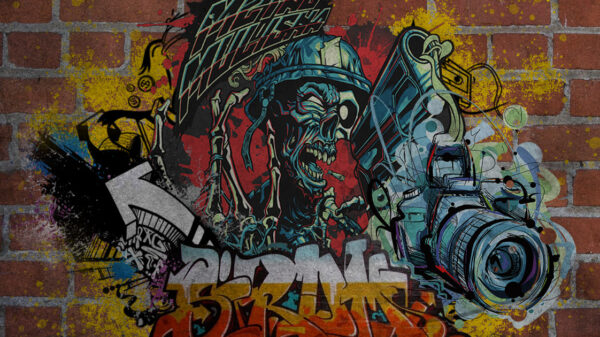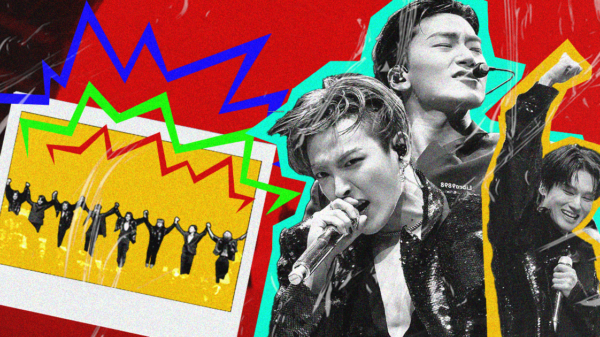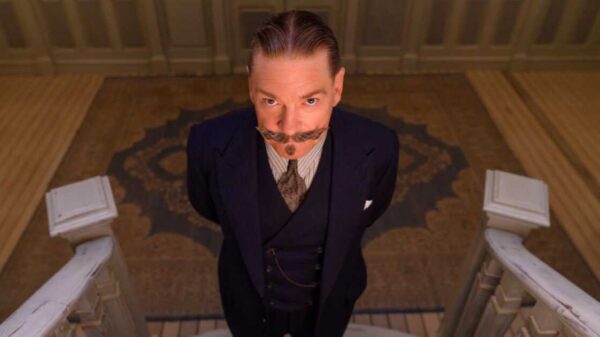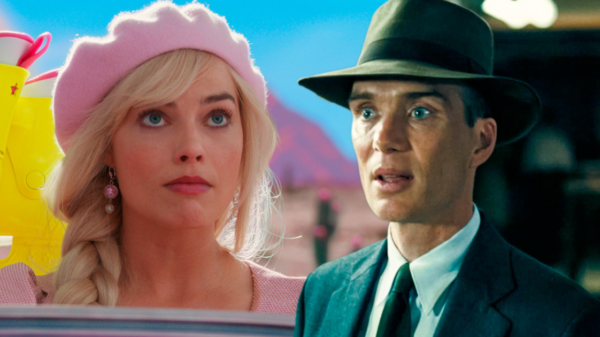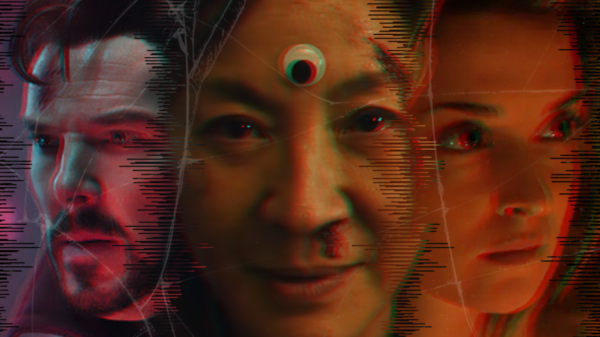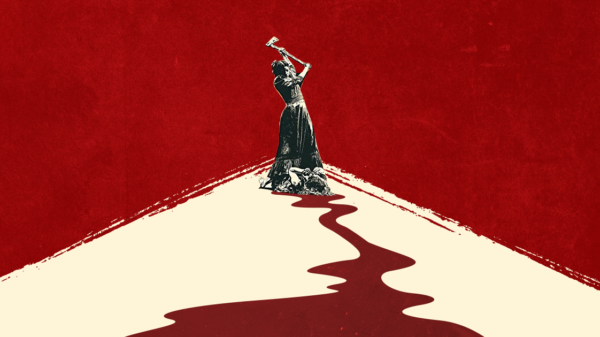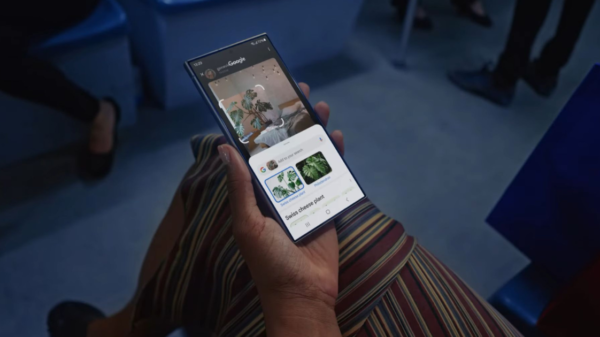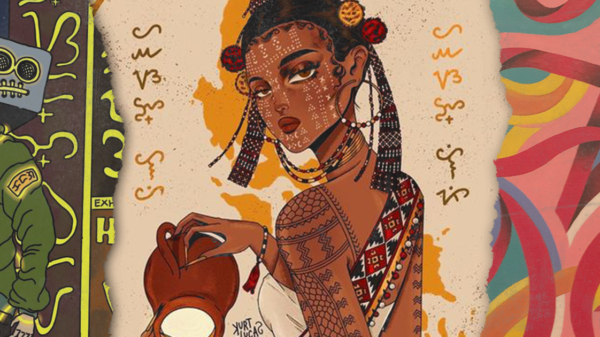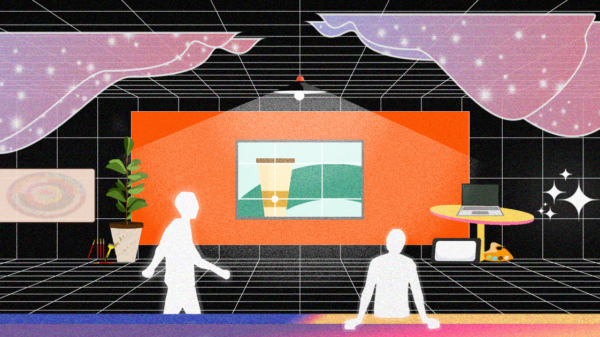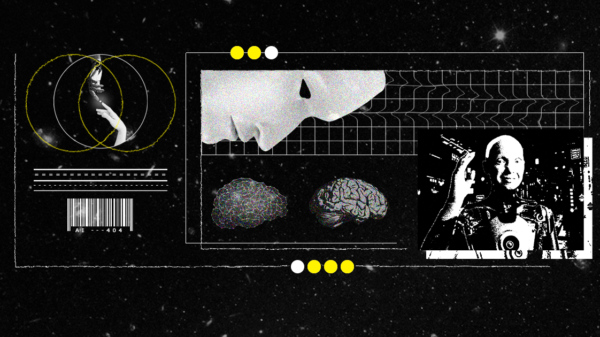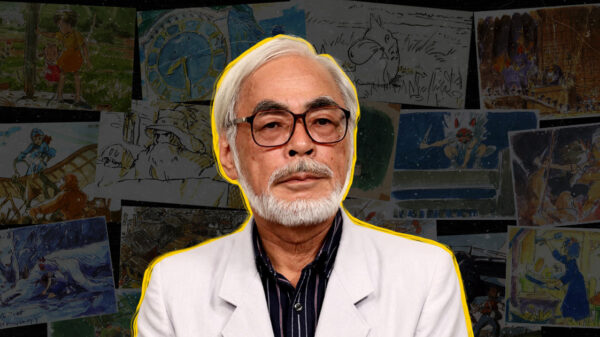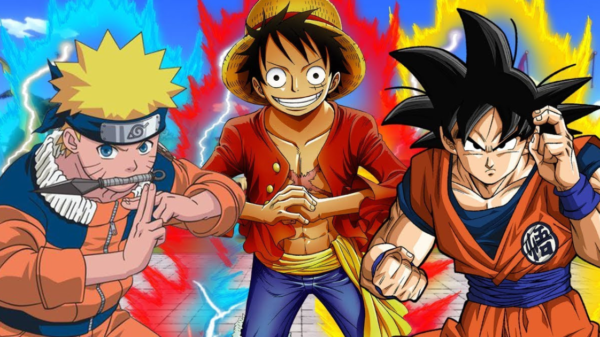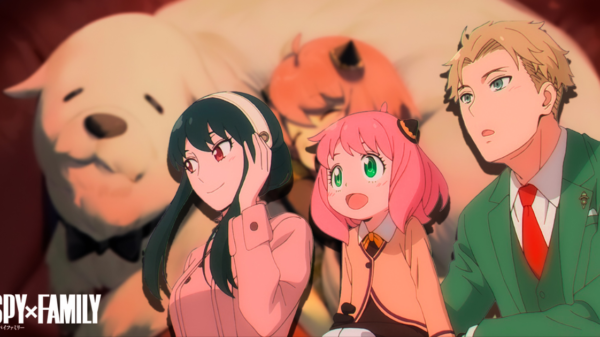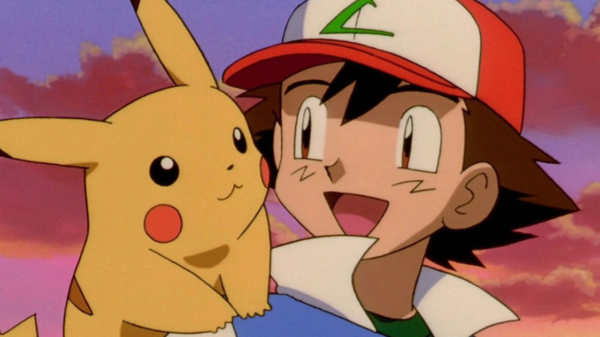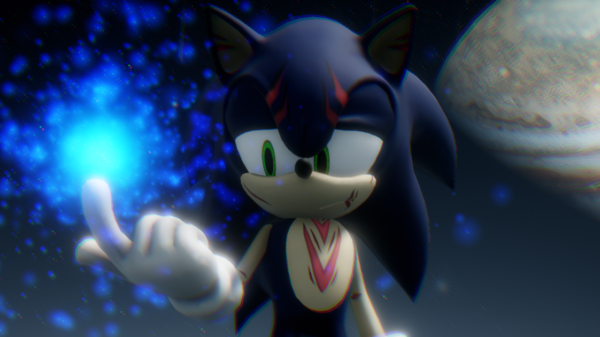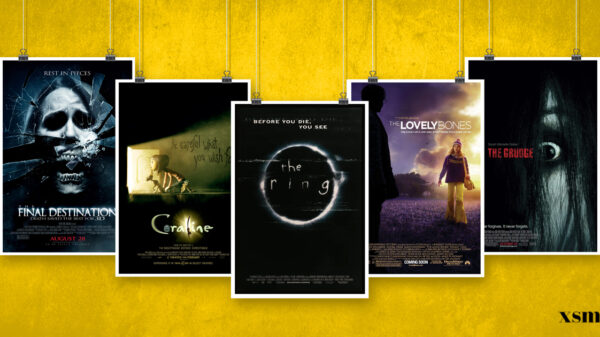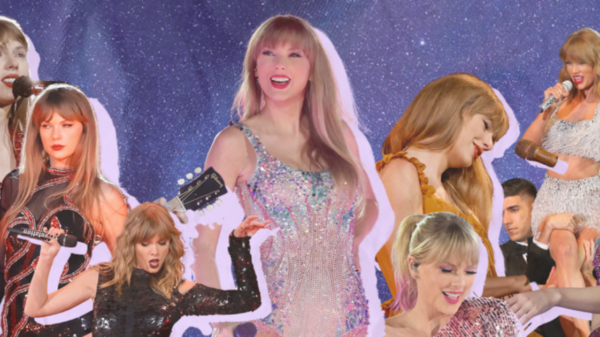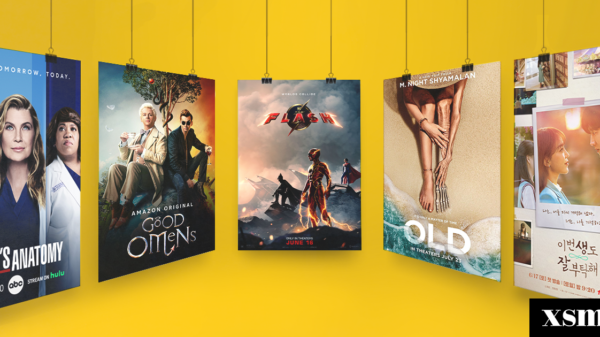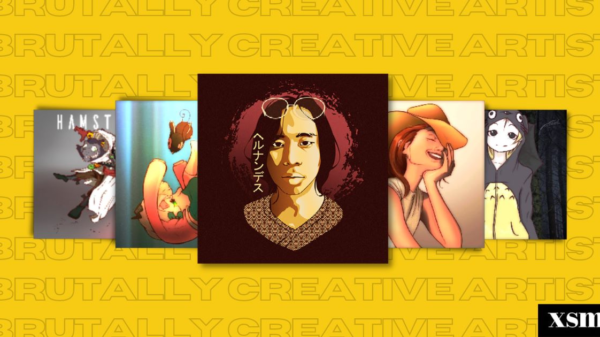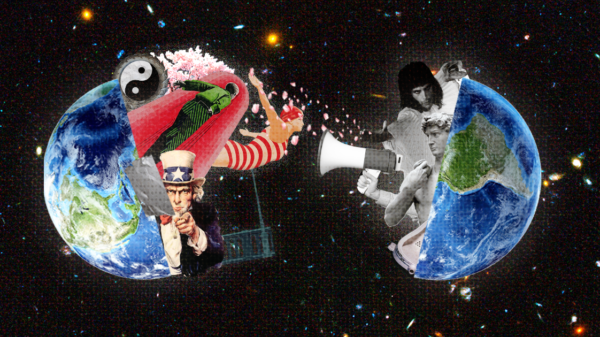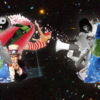‘The Tale of the Princess Kaguya’ is a 2013 animated historical fantasy co-written for the screen and directed by Isao Takahata, based on a 10th century Japanese literary tale. This film has undergone a couple of overwhelming process of production. It was produced by Studio Ghibli for Nippon Television Network, Dentsu, Hakudo, Walt Disney Japan, Mitsubishi, Toho, and KDDI.
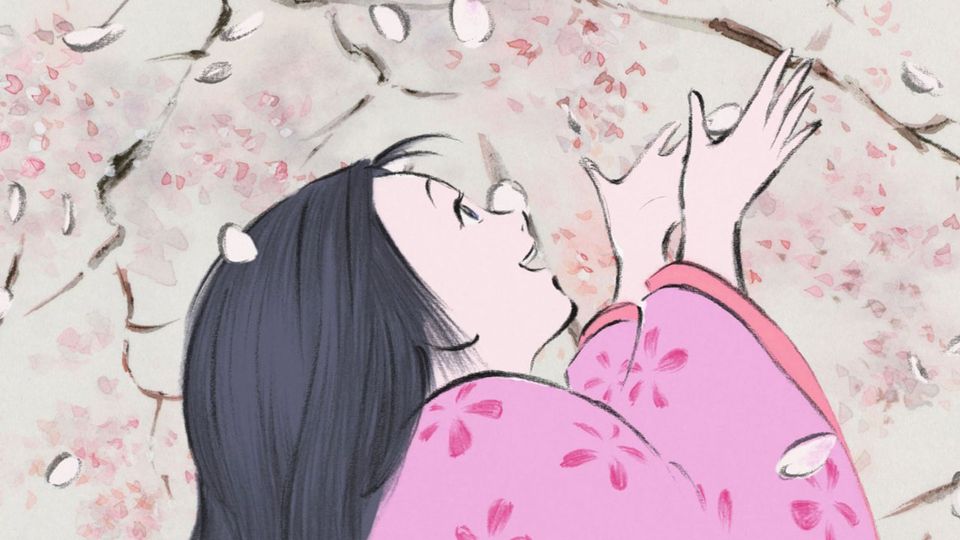
Princess Kaguya is a popular fairytale figure in East Asian folklore, a counterpart of Cinderella in Western culture. Some of the elements include a trace involving 7th century Japan.

‘The Tale of Princess Kaguya’ is a story about a tiny nymph found inside a bamboo stalk who grows into a beautiful woman. She orders all her suitors to prove their love to her by competing a series of impossible tasks.
This animated film used the art of ‘sumi-e’ or ink picture, specifically traditional sumi-e water color paintings. This art style is like an old breathing painting for sumi-e is about having graceful long strokes that will make you feel calm combined with relaxing scenes and emphasized jagged lines.
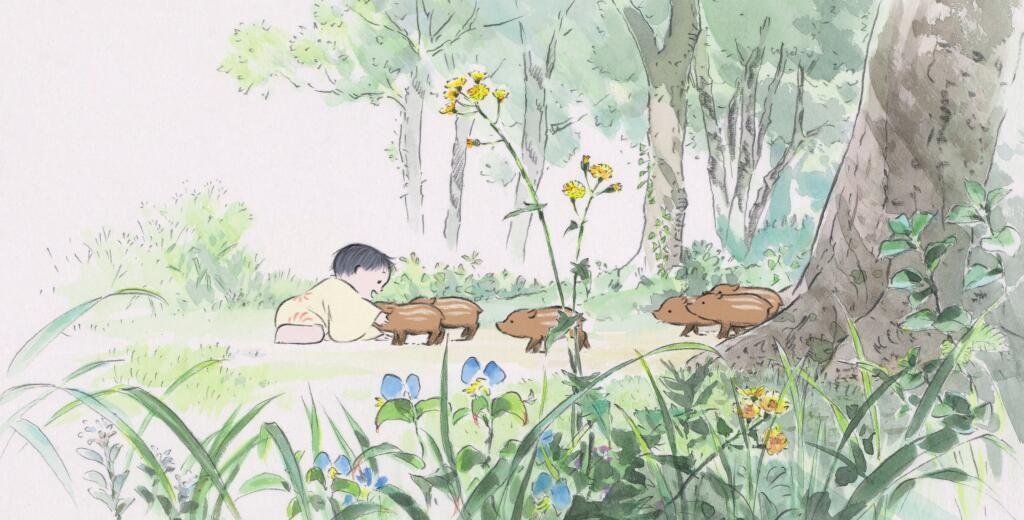
The fluid animation is drawn in minimalist, evocative watercolors with charcoal strokes. This innovative art style is recognizable as one of Takahata’s famous filmography.
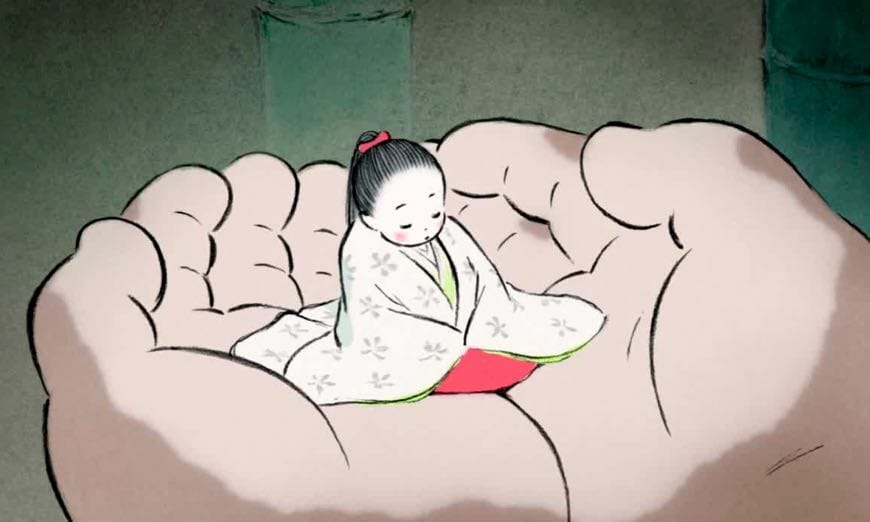
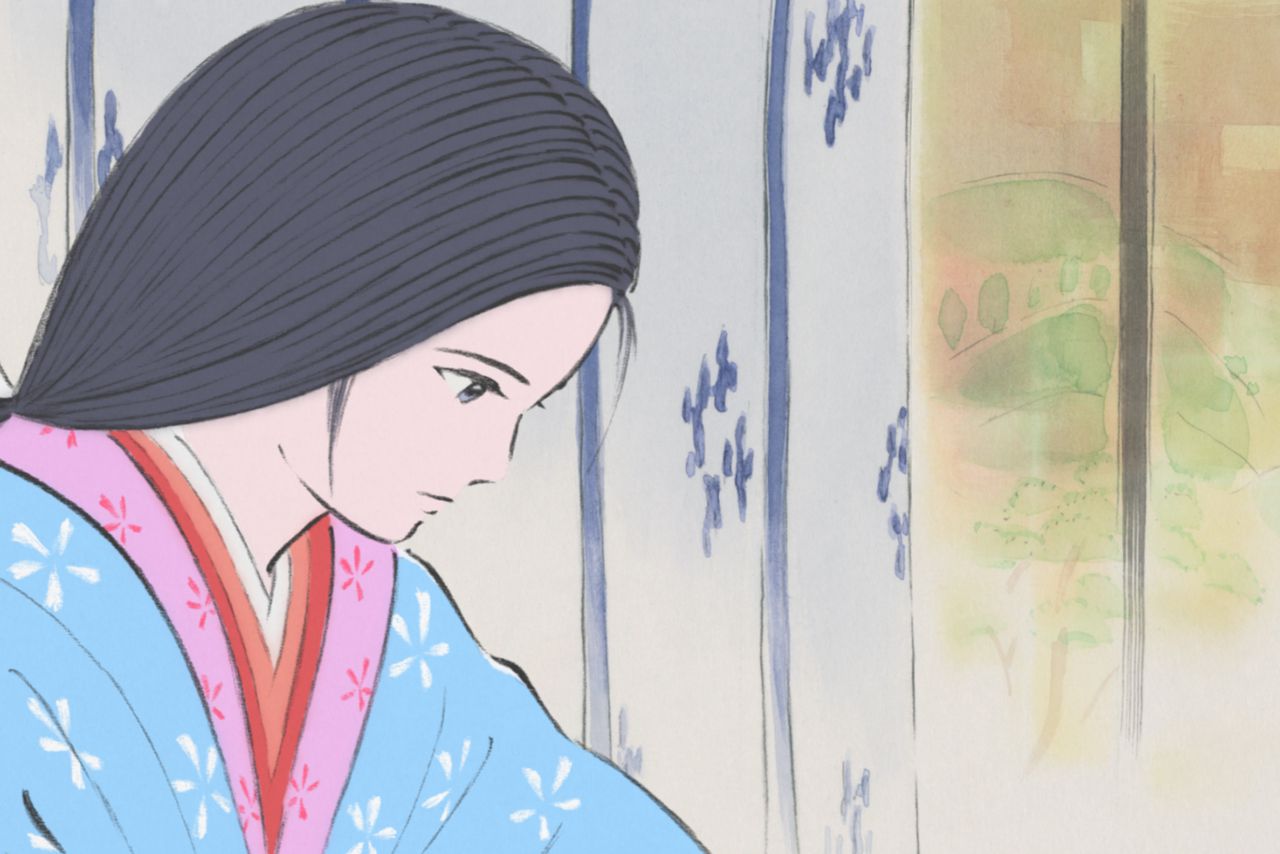
A lot of works from Studio Ghibli are thriving to have a linear but growing impression of what Japanese animation industry in different forms look like. They offer things we least expect of—something grand, something that is pleasant to the eye. Princess Kaguya’s art and source material make it as one the most conspicuously films Studio Ghibli has ever put.
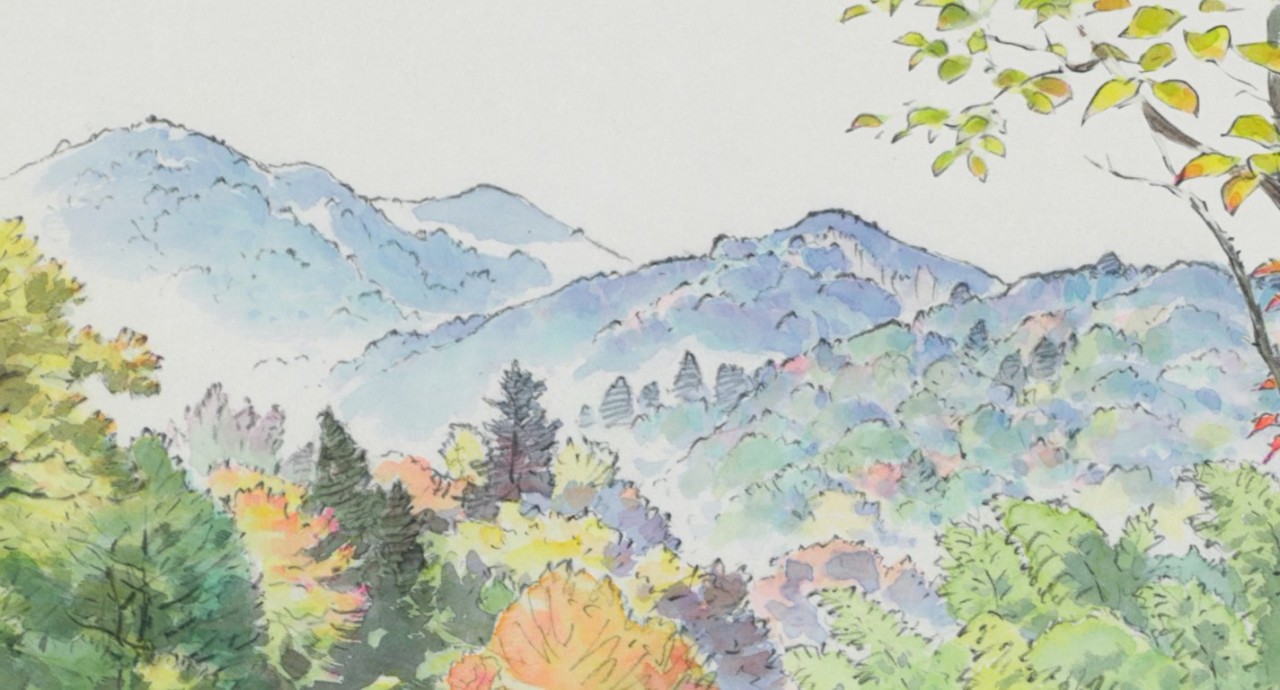
This masterpiece is a challenge to the generation of animators: to push the boundaries of this medium. The sense of innovation is more evident in Princess Kaguya’s exquisite animated style, which rejects CGI-assisted polish to embrace an undeniably hand-drawn touch and just finding magic in human.
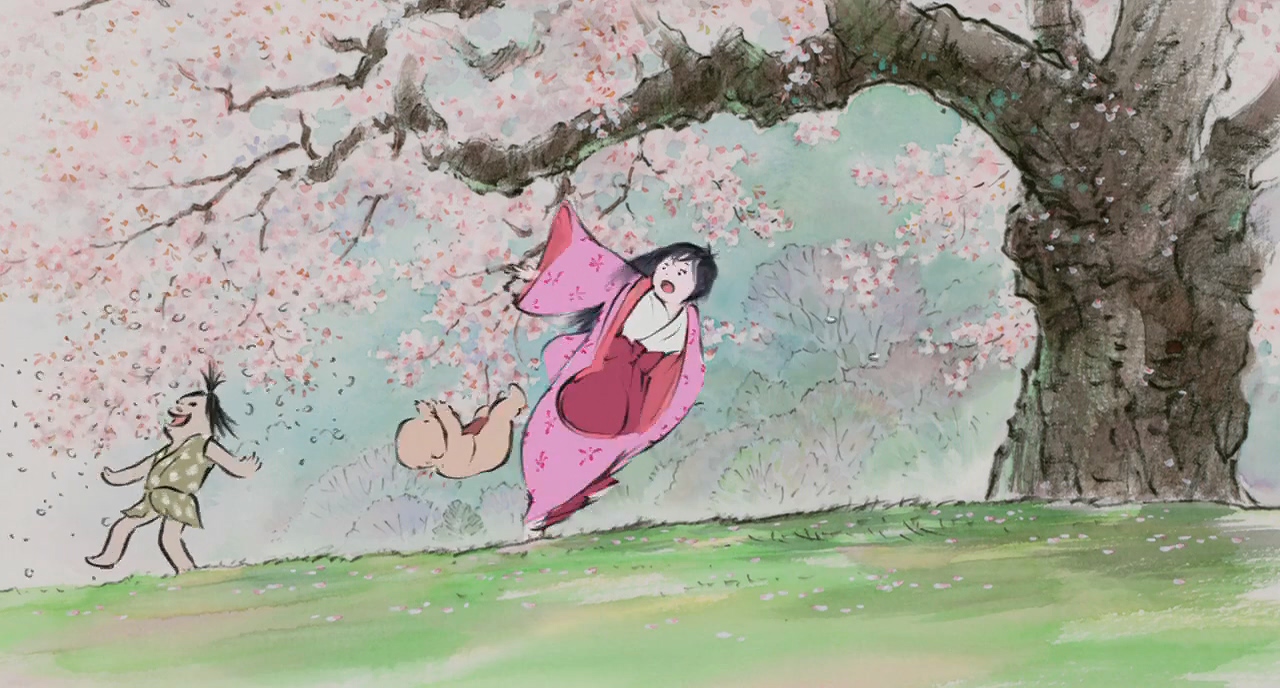
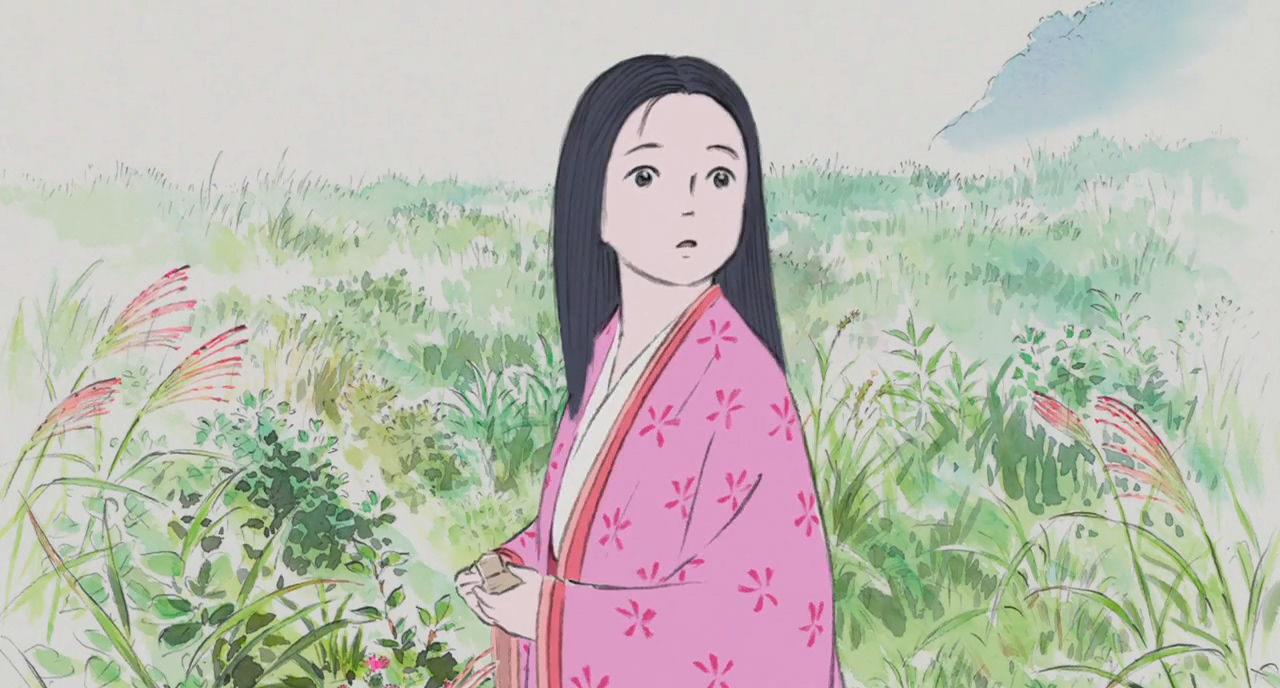
This might be an art style that most people in the new art generation won’t be using, but Takahata said that as long as there are creative and innovative people, works will be made and improving style and techniques out of the ordinary will still be used.






